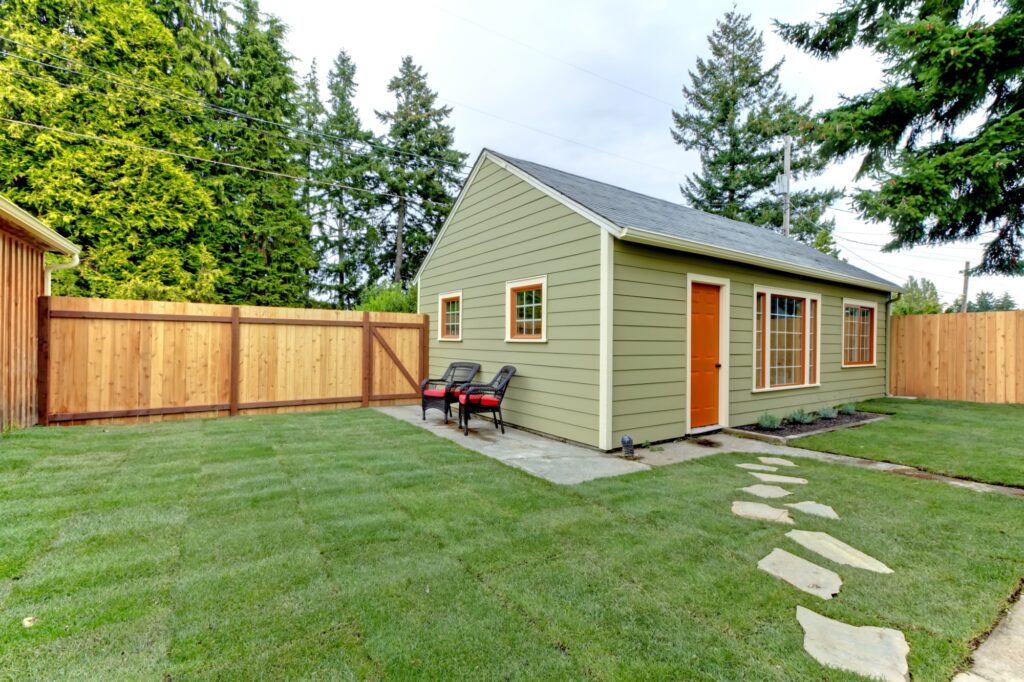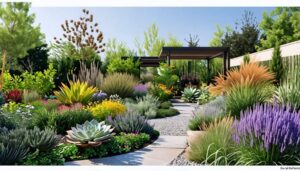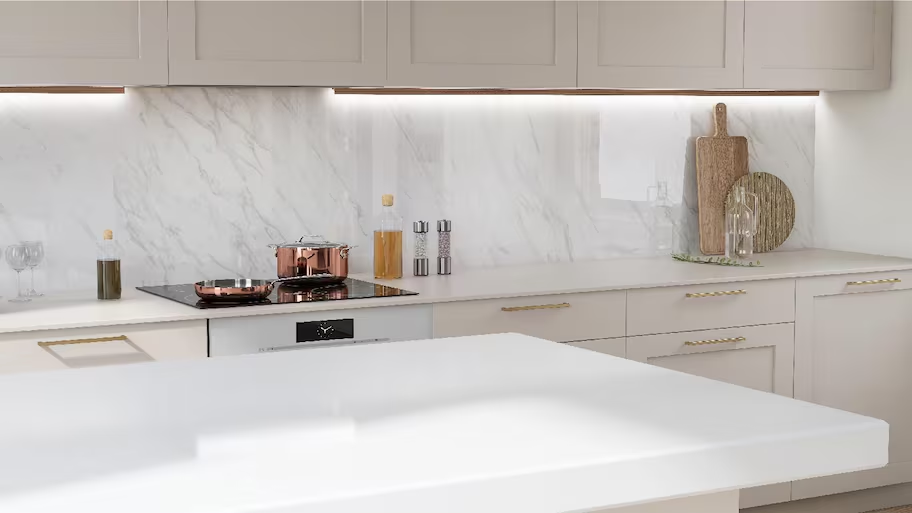Making the Most of Your Property with Accessory Dwelling Units

I don’t know about you, but I’m always looking for smart ways to get more enjoyment and functionality out of my home and property. Like adding a swimming pool, patio, or bonus room. But those renovations can get expensive! Recently, I discovered accessory dwelling units – also known as ADUs or granny flats. Adding an ADU to your home might be one of smartest investments you can make.
What are ADUs?
First things first – what exactly is an ADU? An accessory dwelling unit is a small, independent living space built on the same grounds as an existing single-family home. Some people refer to them as granny flats, in-law suites, or backyard cottages. They usually have their own kitchen, bedroom(s), and bathroom. Many are converted outbuildings, like garages or sheds, while others are newly constructed.
When designed well, an ADU blends nicely into your property without drastically changing the look and feel of your home. The size also keeps them affordable to build and eco-friendly too since they use the same utility connections. Checking if ADUs are allowed and any zoning or permit rules is an important first step. But many towns have been loosening restrictions to enable more ADU projects.
Why Should You Consider an ADU?
Adding an ADU provides all sorts of practical returns for homeowners. Just take a look at some of the benefits:
Extra Income
The rental income from an ADU can be significant, especially in expensive housing markets. Depending on the size and location of the ADU, rents can range from $1,000 to over $3,000 per month. And it’s not only big cities seeing demand – homeowners in the suburbs are earning rental income from ADUs too.
Multigenerational Living
An ADU creates flexible space for relatives who need extra care like aging parents or grandparents. It allows them to be close by while still having independence. Once they no longer need the space, the ADU seamlessly transitions into rental income territory.
Use As Needed
Unlike most major home renovations or additions, an ADU has versatility beyond a single purpose if your needs change. Use the ADU as an art studio, home office, yoga retreat, or even short-term rental. The options are endless.
Affordable Housing Option
The ADU approach provides affordable housing for both tenants and homeowners. Tenants get lower-cost market rate housing in expensive areas they’d otherwise be priced out of. Homeowners minimize risk and costs with a smaller building footprint versus buying a larger property.
Home Value Booster
While giving you added income or space, ADUs significantly bump up property values. The flexible living space and income potential is a huge perk for home buyers. Statistics report ADUs increase property values by 10-25%.
Sustainable Housing
Unlike building new developments, adding ADUs takes advantage of unused land and existing infrastructure. Environmentally conscious homeowners view ADUs as part of sustainable growth, increasing density without urban sprawl. Shared walls on duplex style units further minimize the eco-footprint.
Design & Construction Considerations
If you’ve decided an ADU aligns well with your homeowner objectives, next comes the fun part – bringing your plans and ideas to life! Here are some key considerations when building an ADU:
Size
There may be minimum and maximum size limits to comply with based on local zoning. Generally ADUs range between 300 to 1,000 square feet. Focus on what you intend to use the ADU for and remember smaller spaces can still feel spacious with an open layout.
Style
You have creative freedom when it comes to the ADU aesthetic. Matching the style of your home versus going for more modern or minimalist tiny home vibes comes down to personal preference. Just check guidelines regarding exterior finish materials.
Access
Determine the entry location that makes most sense, accounting for setback minimums from property lines. Connecting utilities and pathways for water, sewer, gas and electric also need planning. Don’t forget accessibility features – entry ramps, wide halls and doorways enable multi-generational living.
Prefab vs. Custom Build
Constructing an ADU from scratch allows full customization but typically has longer timelines and can be prone to unexpected costs. Prefab modular units are faster, more affordable, and still quite customizable. Hybrid approaches marry modular components like kitchen pods or bathrooms with built-on site additions.
Costs & Financing
According to recent estimates, the average ADU addition costs between $150,000-200,000. Prefab options can lower costs to around $100,000+. Factors impacting costs include size, materials, permitting, site conditions and finishing touches. Financing vehicles include cash, home equity, and specialized ADU loans.
In Closing
Adding an ADU to your property takes modest land and creates outsized benefits. It smartly adapts homes and neighborhoods to meet diverse housing needs all while minimizing environmental impact. An ADU advances sustainability, multigenerational living, economic mobility for renters, and economic gain for homeowners. It also retains community character versus dense development. Saving the heavy lifting for contractors, you get to realize the advantages from these adaptable living spaces. They say the best things come in small packages – and accessory dwelling units prove this well.





